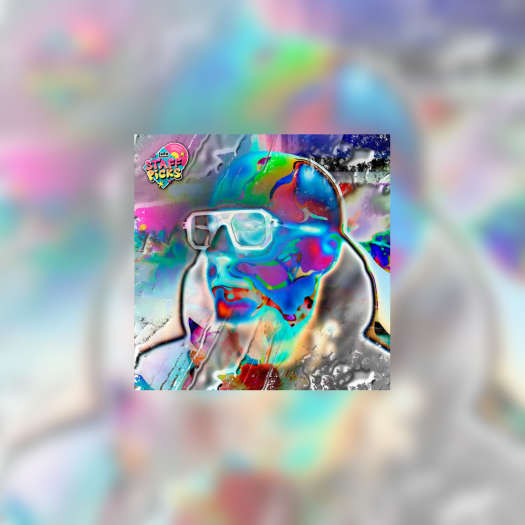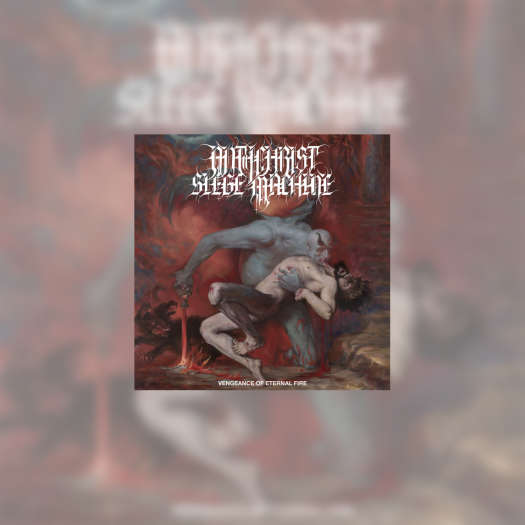Ambient (literally means atmosphere) generally refers to, but is not restricted to, beat-less music spanning in length beyond the three- to four-minute pop formula restrictions and is often devoid of conventional melody. Ideally it cultivates the ability to perceive the music inherent in all things, including silence. In some ways, ambient music teaches the audience to listen, to savor the subtleties and nuances to be found in a good recording or one's environment. Though the term ambient music was coined by Brian Eno in the 70s, ambient-style music was around long before, performed by the likes of John Cage and Morton Sebotnik.
Space
Though the category suggests interstellar travel music, the name refers to slowly unfurling, brooding sounds that convey a spaciousness often via rich guitar loops or brooding synth line sweeps. It is the space where musicians explore tangents in sound through their instruments, with loosened reins, taking the audience along for a deep, immersive listen.
Defining moments: Tangerine Dream Phaedra (remastered, Virgin, 1995); Klaus Schulze Trancefer (Innovative Communication, 1981); Pete Namlook Dark Side of the Moog (Worl/Bertus, 1995); Stephen Bacchus Ambient Origins (Mirage, 1998); Robert Scott Thompson The Silent Shore (Mirage, 1996)

Stephen Bacchus
Dark
This music attempts to invoke creepiness, melancholy, suspense and, if possible, to set the listener's nerves on edge. Often in dark ambient, ominous mechanical noises are heard not to mention screams and cries of human anguish. Out of all ambient fields this is the most melodramatic, since the producers aim to evoke very specific emotions by making the music deliberately disturbing.
Defining moments: Coil Bee Sting (World Serpent, 2000); Lust Mord Heresy (Soleilmoon, 1990); Download Furnace (Cleopatra, 1995); Trent Reznor, Quake (ID software, 1996)

Coil
Electro-Acoustic
Where the true innovators of ambience are found, those who consider themselves "architects of sound" rather than musicians. These compositions often liberally sample other audio sources or environmental sounds and then processing these recordings. Some artists will explore noises in common objects like desk lamps or water, while others explore unconventional noises in a synthesizer. The artists associated with this field bring the proverbial microscope far down on sound to explore the sonic texture inherent in everything. Despite the anti-musical sentiments expressed, there is a compositional direction to this material and it does evoke emotion which are key ingredients in music.
Defining moments: Aube Flare & Flush (Iris Light, 1998); Thomas Koner Nuuk, (Big Cat, 1997); Terre Thaemlitz Soil (Instinct, 1995); Tetsu Inoue World Receiver (Instinct, 1996)

Thomas Koner
Chill-Out
Artists and marketers will often call this music just ambient, but it actually stems from a specific movement. Since the early 90s, when electronic music took on a renewed vogue due to an exploding dance culture, many dabbled in ambience as a different musical direction from frenetic dance rhythms to aid post-rave and club goers with music to "come down" to. Much of the results have been spectacular. Chill-out music is typically mellow and laid-back, sometimes it has beats yet gently articulated and is psychedelic but a more modern sense.
Defining moments: Orb Adventures in the Ultraworld (Island, 1991); Aphex Twin Selecetd Ambient Works Volume 1 & 2 (Warp, 1994); Mixmaster Morris as the Irresistible Force, Flying High (Instinct, 1993); Terre Thaemlitz Tranquilizer, (Instinct, 1994); Banco de Gaia Big Men Cry (Mammoth Records, 1997)

Aphex Twin
Space
Though the category suggests interstellar travel music, the name refers to slowly unfurling, brooding sounds that convey a spaciousness often via rich guitar loops or brooding synth line sweeps. It is the space where musicians explore tangents in sound through their instruments, with loosened reins, taking the audience along for a deep, immersive listen.
Defining moments: Tangerine Dream Phaedra (remastered, Virgin, 1995); Klaus Schulze Trancefer (Innovative Communication, 1981); Pete Namlook Dark Side of the Moog (Worl/Bertus, 1995); Stephen Bacchus Ambient Origins (Mirage, 1998); Robert Scott Thompson The Silent Shore (Mirage, 1996)

Stephen Bacchus
Dark
This music attempts to invoke creepiness, melancholy, suspense and, if possible, to set the listener's nerves on edge. Often in dark ambient, ominous mechanical noises are heard not to mention screams and cries of human anguish. Out of all ambient fields this is the most melodramatic, since the producers aim to evoke very specific emotions by making the music deliberately disturbing.
Defining moments: Coil Bee Sting (World Serpent, 2000); Lust Mord Heresy (Soleilmoon, 1990); Download Furnace (Cleopatra, 1995); Trent Reznor, Quake (ID software, 1996)

Coil
Electro-Acoustic
Where the true innovators of ambience are found, those who consider themselves "architects of sound" rather than musicians. These compositions often liberally sample other audio sources or environmental sounds and then processing these recordings. Some artists will explore noises in common objects like desk lamps or water, while others explore unconventional noises in a synthesizer. The artists associated with this field bring the proverbial microscope far down on sound to explore the sonic texture inherent in everything. Despite the anti-musical sentiments expressed, there is a compositional direction to this material and it does evoke emotion which are key ingredients in music.
Defining moments: Aube Flare & Flush (Iris Light, 1998); Thomas Koner Nuuk, (Big Cat, 1997); Terre Thaemlitz Soil (Instinct, 1995); Tetsu Inoue World Receiver (Instinct, 1996)

Thomas Koner
Chill-Out
Artists and marketers will often call this music just ambient, but it actually stems from a specific movement. Since the early 90s, when electronic music took on a renewed vogue due to an exploding dance culture, many dabbled in ambience as a different musical direction from frenetic dance rhythms to aid post-rave and club goers with music to "come down" to. Much of the results have been spectacular. Chill-out music is typically mellow and laid-back, sometimes it has beats yet gently articulated and is psychedelic but a more modern sense.
Defining moments: Orb Adventures in the Ultraworld (Island, 1991); Aphex Twin Selecetd Ambient Works Volume 1 & 2 (Warp, 1994); Mixmaster Morris as the Irresistible Force, Flying High (Instinct, 1993); Terre Thaemlitz Tranquilizer, (Instinct, 1994); Banco de Gaia Big Men Cry (Mammoth Records, 1997)

Aphex Twin




